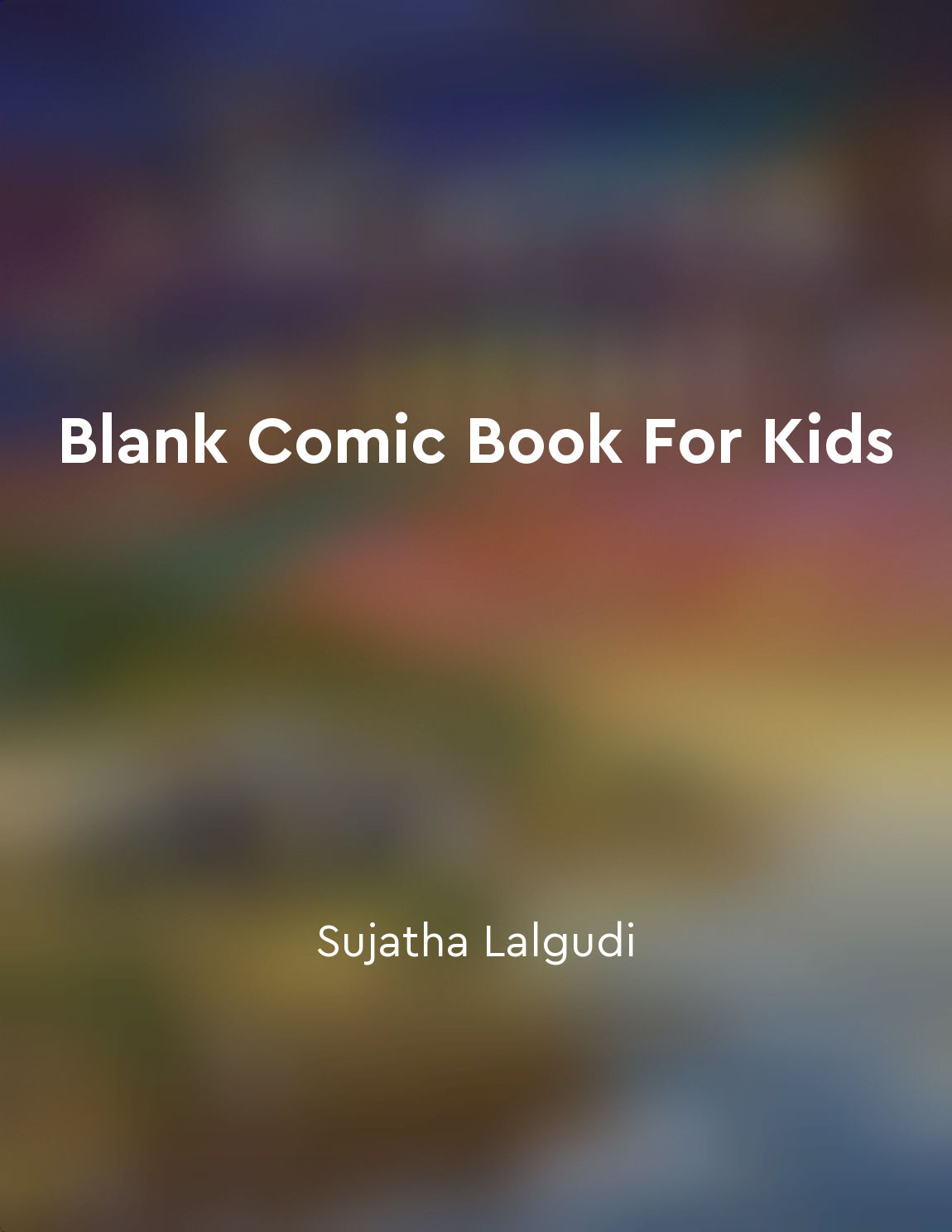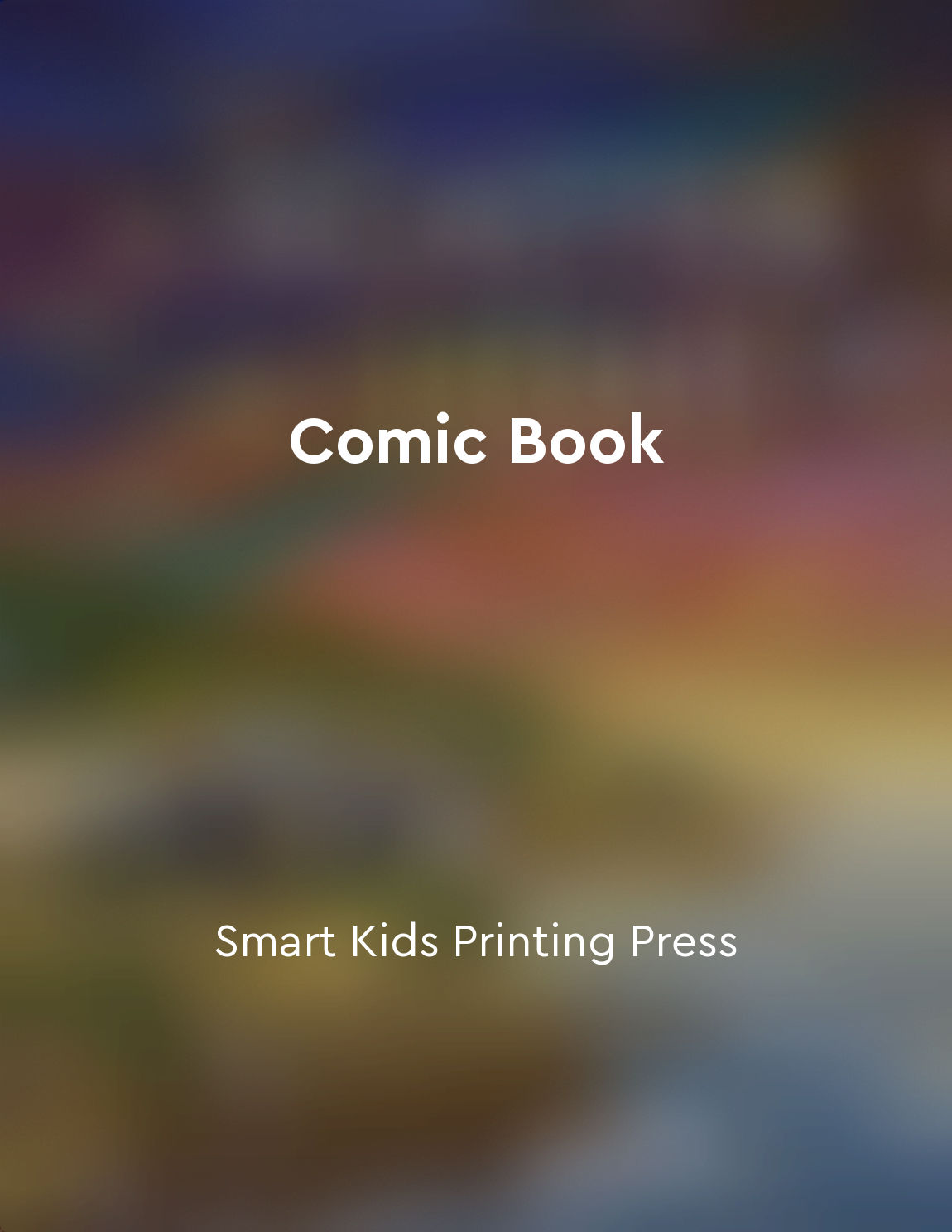Comics are a form of sequential art from "summary" of Understanding Comics by Scott McCloud
Comics are a form of sequential art because they rely on the arrangement of images to convey meaning. This sequential nature allows for a unique storytelling experience that unfolds over time, guiding the reader through a series of visual and textual elements. By arranging images in a specific order, comics can create a sense of movement and progression that is essential to their narrative structure. The use of panels is a key component of comics, as they serve as individual frames that capture specific moments in a story. These panels are arranged in a grid-like format, with gutters separating them to indicate the passage of time or a shift in perspective. The size and shape of panels can also impact the pacing and emphasis of a scene, drawing the reader's attention to certain details or actions. In addition to panels, comics utilize a combination of images and text to convey information. The juxtaposition of visuals and words allows for a more dynamic and immersive storytelling experience, as each element contributes to the overall narrative. Text can provide additional context, dialogue, or narration that complements the images, enhancing the reader's understanding of the story. The concept of closure is central to the reading experience of comics, as it requires the reader to mentally connect the images in a sequence. Closure occurs in the gutters between panels, where the reader must fill in the gaps between images to make sense of the story. This act of participation engages the reader and encourages active interpretation, making comics a collaborative medium that invites imagination and creativity.- The sequential nature of comics distinguishes them as a unique form of art that combines visual and textual elements to tell a story. Through the arrangement of panels, the use of images and text, and the concept of closure, comics offer a rich and immersive storytelling experience that captivates readers and challenges traditional notions of narrative structure.
Similar Posts
Facial expressions convey emotions in comics
In comics, facial expressions play a crucial role in conveying emotions to the reader. The characters' faces are often exaggera...
Comics appeal to the reader's imagination
Comics have a unique ability to ignite the reader's imagination. Through the use of simplistic drawings, readers are prompted t...

Create diverse characters to reflect the world around you
Creating diverse characters in your comics is essential to reflecting the world around you. By including characters from differ...

Choosing the right color palette for your comic
When it comes to creating a comic book, one of the most important decisions you'll make is choosing the colors that will bring ...
Comics are a hybrid of art and writing
Comics are a unique medium that combines images and words in a way that allows for a rich and dynamic storytelling experience. ...

